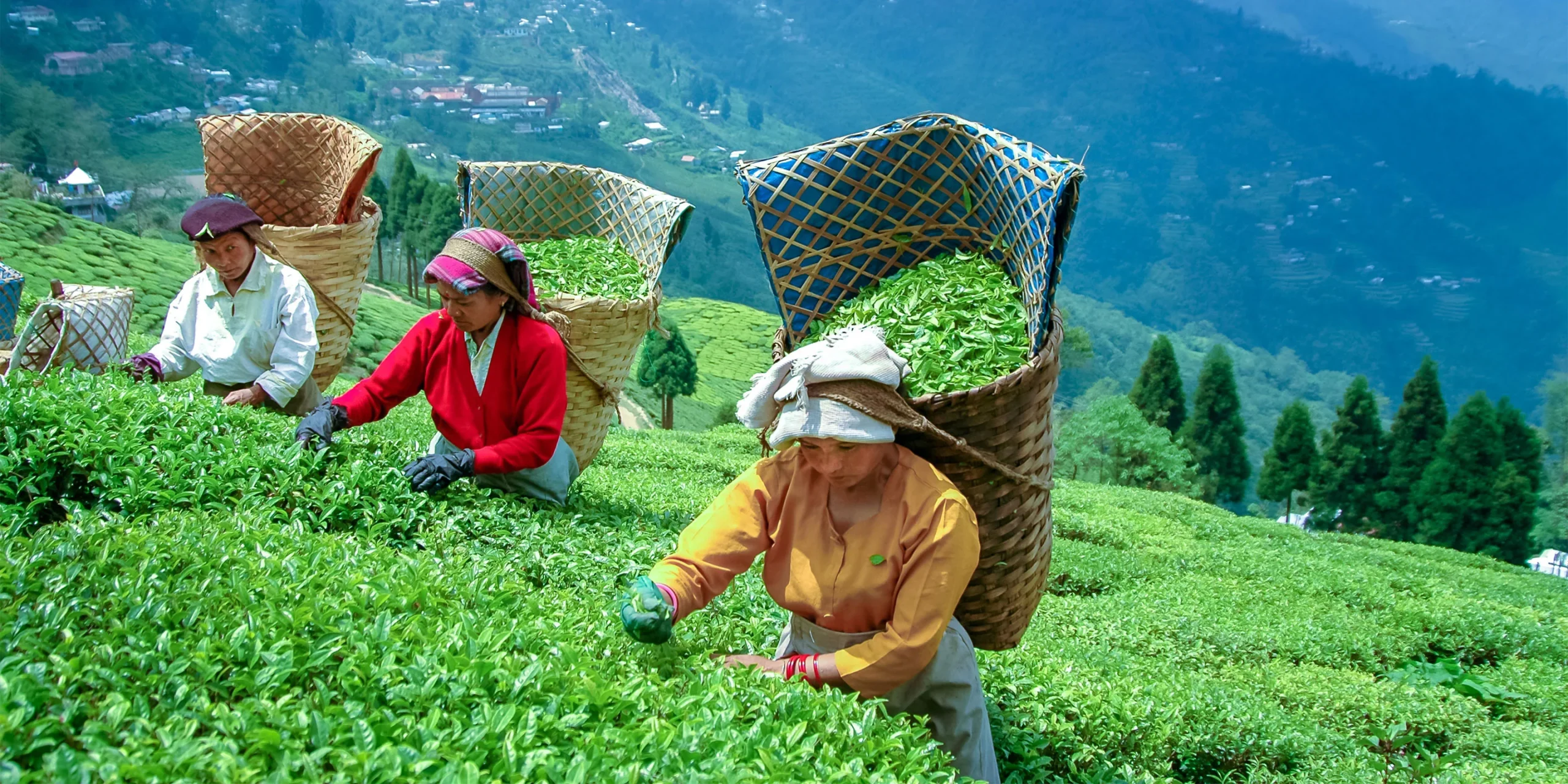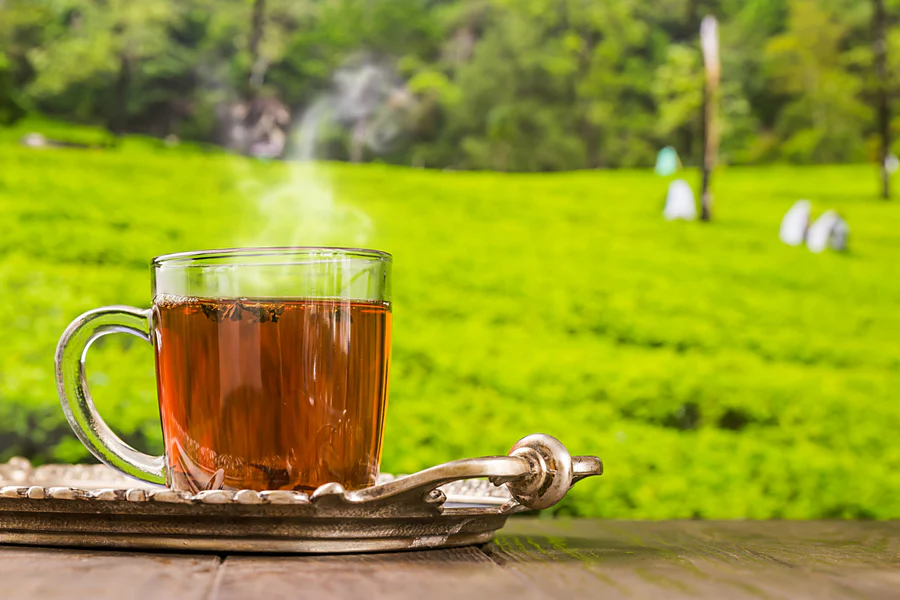Amid rising concerns over adulteration of Darjeeling tea with other low-quality teas, West Bengal Chief Minister Mamata Banerjee has announced that the state government would set up a lab to keep a check on the issue. The state is setting up a task force for this as well, the CM said on Monday.
The CM said there is an urgent need to establish a strong brand identity for Darjeeling tea, as teas from other countries are being falsely marketed under its name. Rudra Chatterjee, who owns the Makaibari Tea Estate in Darjeeling has been appointed to lead a committee dedicated to the branding and protection of authentic Darjeeling tea.
Since 2017, imported low quality tea from Nepal has been flooding this side of the border with its lower price, diluting the unique flavour and quality of Darjeeling tea and affecting its reputation. Also, this gives the blenders an edge over the Darjeeling tea which is expensive.
Tea Board of India order bars mixing Indian teas with imported varieties
An order by the Tea Board of India restricts mixing tea varieties produced in India with the imported varieties. Insiders in the tea industry allege that tea-sellers are blending cheap quality tea imported from Nepal and branding the product as Darjeeling Tea, defying the 2021 order from the Tea Board.
The Parliamentary standing committee on commerce recently recommended a check on import of duty free, “low quality,” “cheap” tea coming from neighbouring Nepal to protect the 169-year-old Darjeeling tea. The committee, chaired by Trinamool Congress’s Rajya Sabha MP Dola Sen, submitted its report to both the Rajya Sabha and Lok Sabha in March this year.
Darjeeling tea created history – First Indian product to get the GI Tag
Darjeeling tea is the first Indian product which received the Geographical Indication (GI) 21 years ago. The remarkable brew made history as India’s first product to receive a Geographical Indication (GI) tag in 2004-2005. This prestigious recognition marked a significant milestone in India’s journey to protect and preserve its rich cultural heritage through the GI tagging system.



